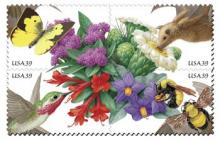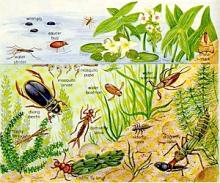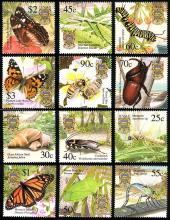The Disaster in the Making Henk Tennekes Described For His Native Country Holland Now Confirmed On Canadian Prairies
A University of Saskatchewan biologist says many wetlands across the Prairies are being contaminated by a relatively new pesticide that is threatening the ecosystem. Christy Morrissey says that over the past few years neonicotinoids have been used increasingly on crops in Western Canada and the chemical is making its way into wetlands, potentially having a devastating "domino effect" on insects and the birds that rely on them. Morrissey is just a year and a half into a four-year study, but she's alarmed by what she's finding. "This is huge" Morrissey said. "The impact on biodiversity could be probably bigger than we've ever seen before if we keep going at this rate."










